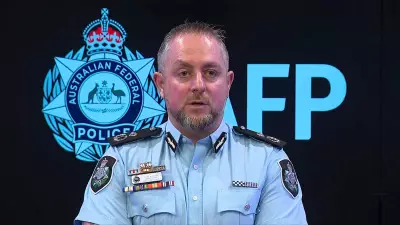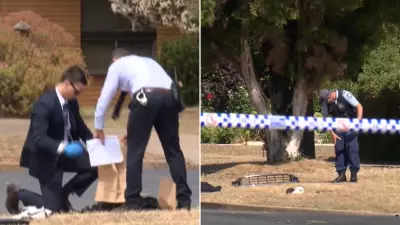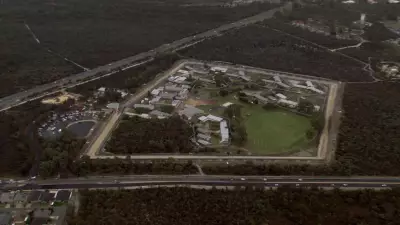
New Legislation Grants Police Critical Search Authority
South Australian police have received significant new powers to accelerate searches for missing persons in high-risk situations. The recently passed legislation provides officers with enhanced authority to enter properties without owner consent when there's reasonable suspicion that a vulnerable missing person - or crucial information about their whereabouts - might be inside.
The reforms, approved by State Parliament, empower senior police officers to authorise immediate entry into homes, vehicles, vessels and other locations. These emergency authorisations remain valid for up to 48 hours, after which police must seek approval from a Supreme Court judge to extend the search operation.
Addressing Urgent Missing Persons Cases
South Australian Attorney-General Kyam Maher emphasised the critical importance of these changes for protecting vulnerable individuals. "These reforms will be an important tool in helping SA Police investigate missing persons cases comprehensively and effectively," Mr Maher stated.
"Given time is of the essence in these types of investigations, ensuring police have the ability to enter a property without an owner's consent will help ensure they have access to any potential information that may assist with their inquiries." He stressed that the powers specifically target situations where missing individuals "may suffer serious harm if not located quickly."
The Search for August 'Gus' Lamont
The legislative changes come as the search for four-year-old August 'Gus' Lamont reaches a heartbreaking milestone. Thursday marked two months since the toddler was last seen on September 27, playing outside the Oak Park homestead while his grandmother cared for his younger brother inside.
The family property, spanning 6000 hectares south of Yunta, presents challenging terrain with rocky ridges, saltbush scrub and vast plains stretching toward the horizon. Within hours of Gus's disappearance, one of the largest search operations in recent memory mobilised, involving:
- Police officers and SES volunteers
- Local graziers and experienced Aboriginal trackers
- Helicopters and drone surveillance teams
- Ground crews conducting shoulder-to-shoulder searches
The only clue discovered was a single footprint found days later, approximately 500 metres from where Gus was last seen. Despite extensive efforts, no further trace has been found, and the operation has shifted toward recovery while police maintain their commitment to finding him.
South Australia's History of Unsolved Disappearances
South Australia records nearly 5000 missing persons reports annually, with the overwhelming majority resolved quickly. However, the remaining one percent continue to haunt families and investigators alike.
The state carries a painful legacy of unresolved disappearances, including:
- The Beaumont children, Jane (9), Arnna (7) and Grant (4), who vanished from Glenelg Beach in 1966
- Joanne Ratcliffe (11) and Kirste Gordon (4), who disappeared from Adelaide Oval in 1973 during a football match
More recent cases highlight the ongoing challenge. Police continue searching for Michael, 23, whose vehicle was found abandoned at Chain of Ponds on Anzac Day this year, and Benjamin, 40, last seen on the Stuart Highway south of Glendambo in September.
Balancing Power with Protection
Authorities stress that the new legislation isn't about granting unchecked power but rather ensuring investigators can act decisively when lives are in immediate danger. Acting Assistant Commissioner Cath Hilliard confirmed the amendments "will provide police, in certain cases, with additional powers that can be used in investigations involving vulnerable individuals."
For families like Gus Lamont's, each day without answers deepens the uncertainty. The strengthened police powers offer hope that future high-risk missing persons cases might be resolved more quickly, preventing other families from experiencing similar anguish.
Police urge anyone with information about missing persons to contact authorities immediately.





